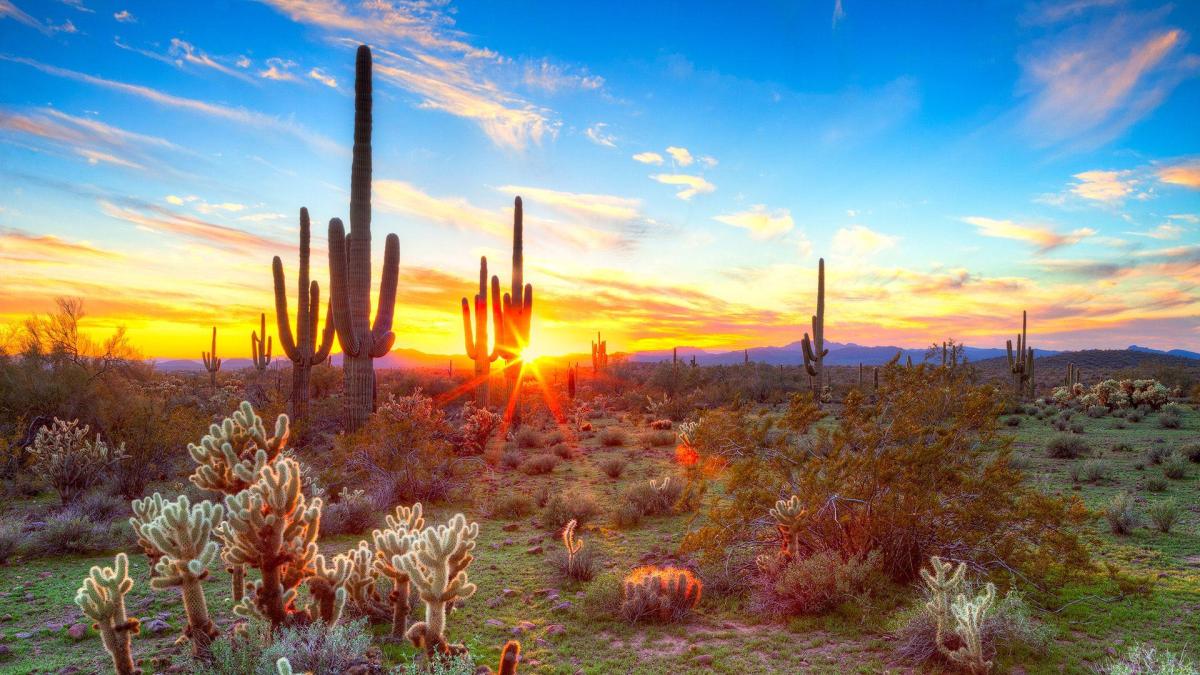Grades:
2nd Grade
Students will learn about the life cycle of a butterfly. After learning about the butterfly life cycle, students will engineer a butterfly out of various materials and make it fly without touching it.
Grades:
6th Grade, 7th Grade, 8th Grade
This lesson integrates technology (microbits), engineering design, and career exploration for middle school students. It encourages hands-on learning and critical thinking through the creation of
Grades:
Kindergarten
Kindergarten students will be given a STEM case to solve! The goal is to build a bridge for two different sized/weight of vehicles. Students will research types of bridges and decide which bridge will
Grades:
1st Grade, 2nd Grade, 3rd Grade
This lesson is intended as a follow up to the Closer Look at Worms lesson. In this lesson, students explore the video creation platform, FlipGrid, and make their own videos. They will work in their
Grades:
4th Grade
Students will conduct research about different types of severe weather and how to prepare for it, then share their research with classmates via slideshow presentations.
Grades:
4th Grade
Students will act as scientists who are tasked with designing and modeling a new plant that has special adaptations to help it survive in an extreme environment!
Grades:
9th Grade, 10th Grade, 11th Grade, 12th Grade
Slow Sustainable Fashion T-Shirts combines art, design, math, and technology. Student will gain and understanding of sustainable slow fashion design by deconstructing a recycled printed t-shirt and
Grades:
7th Grade
The emphasis of this lesson is for students to see that their heart rate will increase after 1 minute of jumping jacks because the cells need additional oxygen while exercising, making their heartbeat
Grades:
6th Grade
Students will be designing a shade structure to fit a mini-raised garden bed in order to help it adapt to the increasing sunshine in summer.
Grades:
6th Grade
Students will track and collect data on the growth of micro-greens. They will also make a time lapse animation of the growth of the micro-greens.
Grades:
10th Grade, 11th Grade, 12th Grade
This is part 2 of a two-part series. This lesson looks deeper into early electronic encryption tools and how they relate to cryptography today. The tools discussed are: Hebern Rotor Machine, Enigma
Grades:
4th Grade
This 4th grade STEAM lesson focuses on introducing students to Earth's four systems: Hydrosphere, Geosphere, Atmosphere, and Biosphere (excluding the Lithosphere). Students will learn about the Greek
Grades:
9th Grade, 10th Grade, 11th Grade, 12th Grade
This lesson is a follow-up to the lesson titled "Creating Sustainable Solutions with Bioplastics Part 1". In this lesson, students evaluate different ingredients for bioplastics and create a minimum
Grades:
9th Grade, 10th Grade, 11th Grade, 12th Grade
In this lesson students evaluate the advantages and disadvantages of conventional, petroleum-based plastics, bioplastics, and their different varieties. The lesson is driven by class/group research
Grades:
5th Grade
Biologists have noticed that the saguaro mortality rates have increased in Central and Southern Arizona. They don’t know why - but they have some ideas. In this unit, students will learn more about
Grades:
5th Grade
Biologists have noticed that the saguaro mortality rates have increased in Central and Southern Arizona. They don’t know why - but they have some ideas. In this unit, students will learn more about
Grades:
5th Grade
Students will learn the basics of coding and robotics using EdBlocks programming language to create musical sequences with Edison robots. They will explore the concepts of rhythm, pitch, and tempo
Grades:
4th Grade
In this lesson, the students will list various kinds of animal adaptations. Demonstrate an understanding of how an animal's adaptations help it to live in its particular environment. Recognize typical
Grades:
9th Grade, 10th Grade, 11th Grade, 12th Grade
Students will delve into the intricate web of Earth systems, recognizing their interconnected nature and unlocking the secrets of Japan's geological features through observation and data collection
Grades:
10th Grade, 11th Grade, 12th Grade
Students will unravel the intricacies of environmental impact analysis, gaining insight into its pivotal role in evaluating the sustainability of chemical processes. Through a blend of explanation
Grades:
3rd Grade
In this lesson there will be several small activities; on the first day students sort seeds and describe the different characteristics of the seeds; as an introduction and to engage students. Students
Grades:
1st Grade, 2nd Grade, 3rd Grade
In this lesson the students will listen to the book THE WATCHER: Jane Goodall's Life with the Chimps and then engage in building a tool to collect the most ants in a timed setting.
Grades:
Kindergarten
This lesson provides the opportunity for kindergarten students to develop a mock oil spill and develop methods to help ocean life after an oil spill. Student will hypothesize methods that can
Grades:
5th Grade
In this lesson students will get the chance to mine for ore but then work on the processing phase and manufacturing phase of mining. Students will mine their ore (peanuts), process their ore (shell
Featured Lesson Plans
Check out these notable lesson plans.

Grades:
3rd Grade
This lesson is about exploring Arizona's state bird, the cactus wren, that lives in the desert, has special body parts and behaviors that help it survive in its harsh environment. Students will learn

Grades:
Kindergarten, 1st Grade
In this primary Kindergarten-1st grade STEM lesson, students will learn to define algorithm, bug, and debug in reference to programming. Through engagement with a virtual simulation, students will

Featured
Math Magic through Coding!
Grades:
2nd Grade
In this 2nd grade STEM lesson, students will learn how symbols (directional arrows) can be used to program an object's movements. They will develop an algorithm using a sequential graphic organizer to
